Physical Training Case Study: Fitness Program for Diana Prince
VerifiedAdded on 2023/06/10
|5
|957
|479
Case Study
AI Summary
This case study presents a fitness plan designed for Diana Prince, a 37-year-old mother seeking to improve her physical condition within a three-month timeframe. The analysis begins with an assessment of her current fitness level, including her body composition, exercise history, and target heart rate calculation using the Karvonen formula. The plan outlines a structured workout regime incorporating cardiovascular exercises, weight training, and core workouts, with specific sets, repetitions, and rest times. The program progresses over twelve weeks, gradually increasing intensity and incorporating different exercise types to achieve a balanced approach. Additionally, the case study emphasizes the importance of dietary changes, recommending a balanced intake of carbohydrates, proteins, and fats, alongside the inclusion of green vegetables to enhance overall health and energy levels. The methodology includes fitness testing using the VO2 max method to monitor cardiovascular levels and oxygen intake, ensuring the workout intensity aligns with Diana's physical capabilities and fitness goals. This assignment is a practical application of exercise physiology principles, demonstrating how to design a personalized fitness program for individuals with specific needs and objectives.
1 out of 5
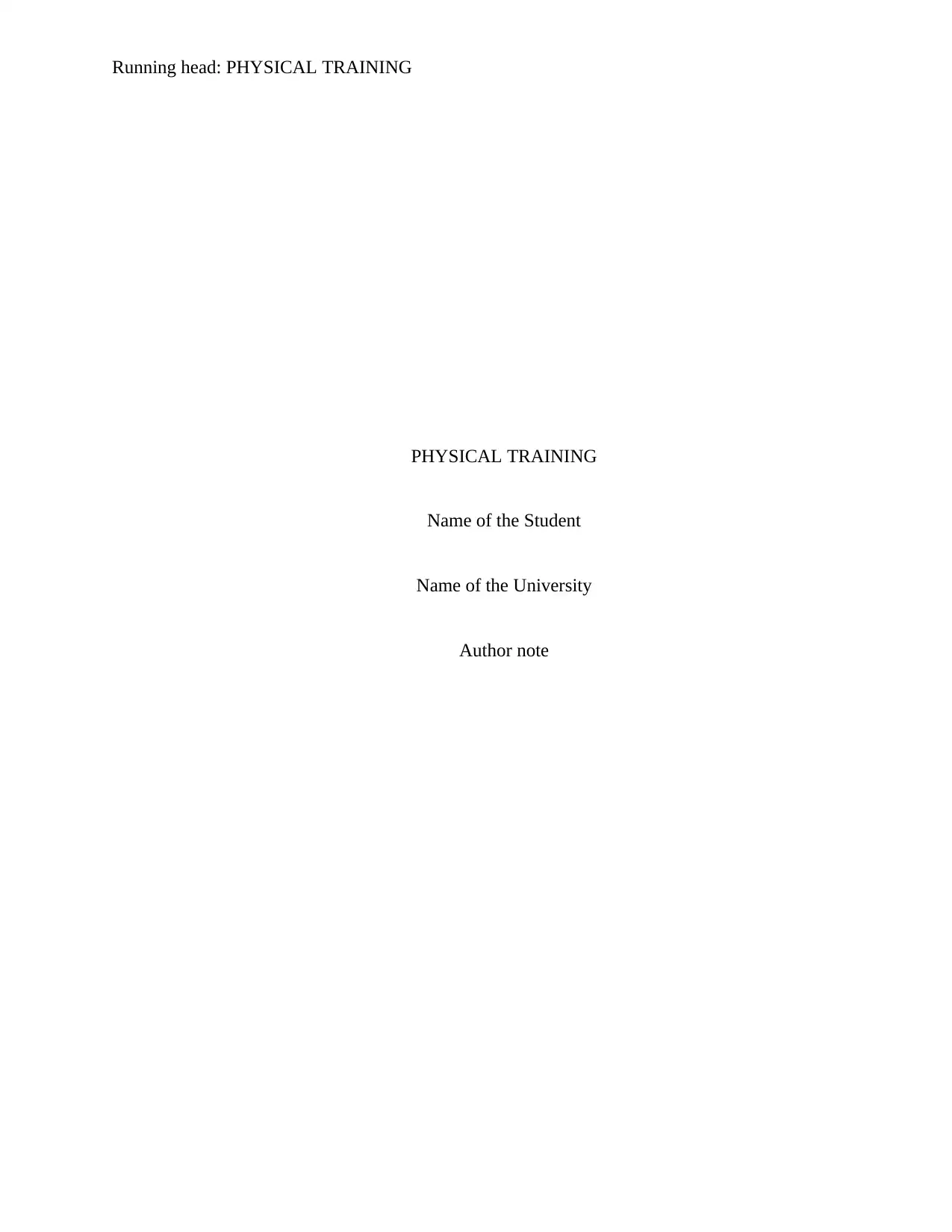
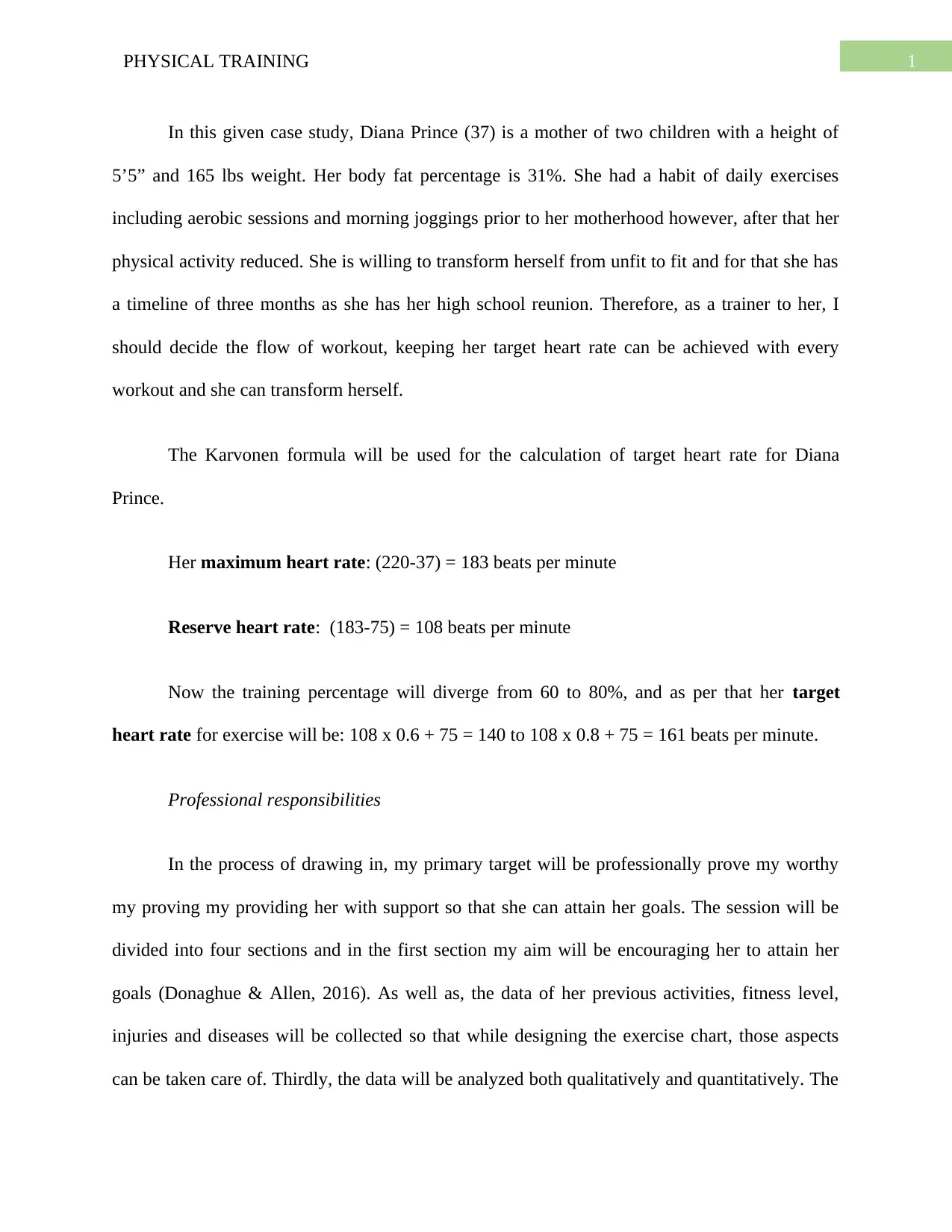
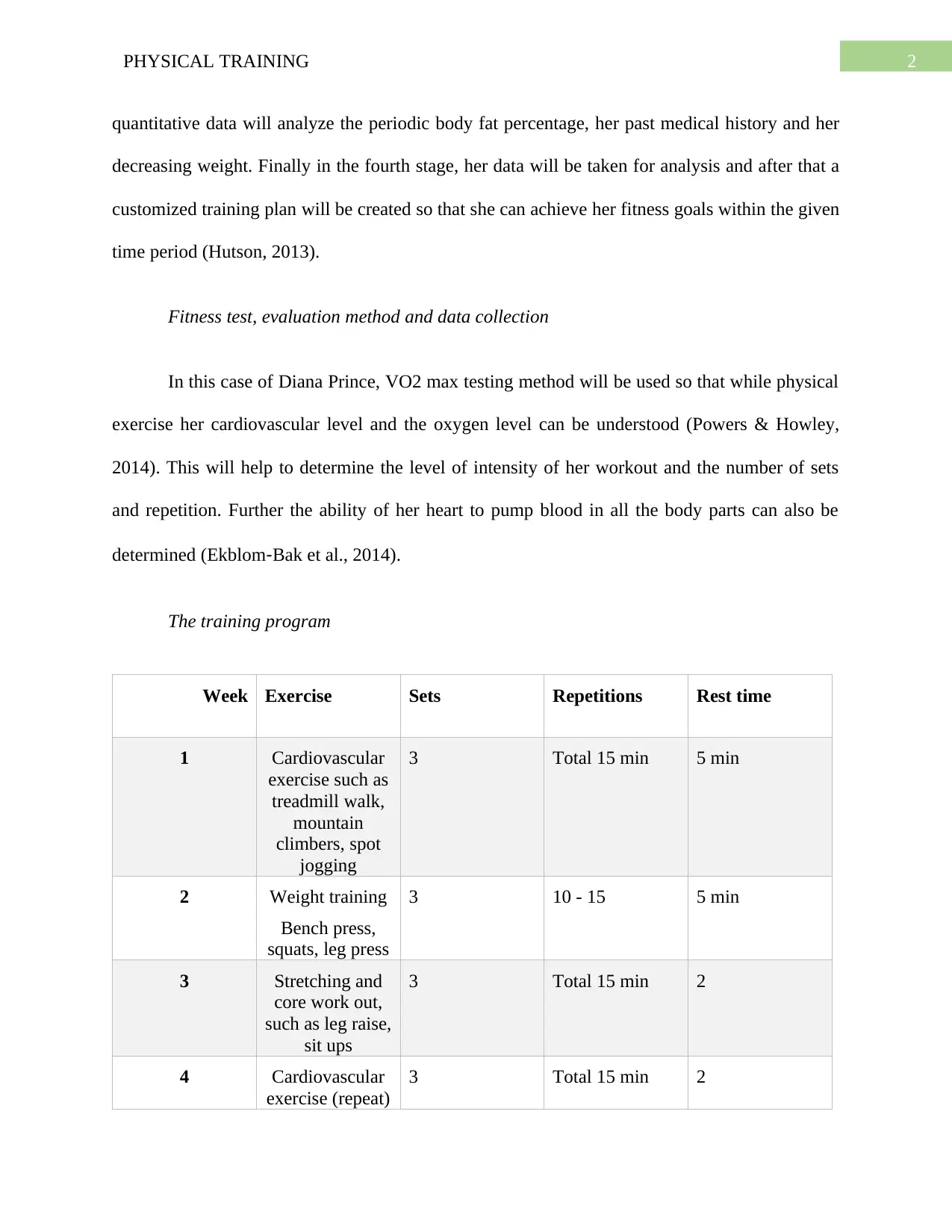

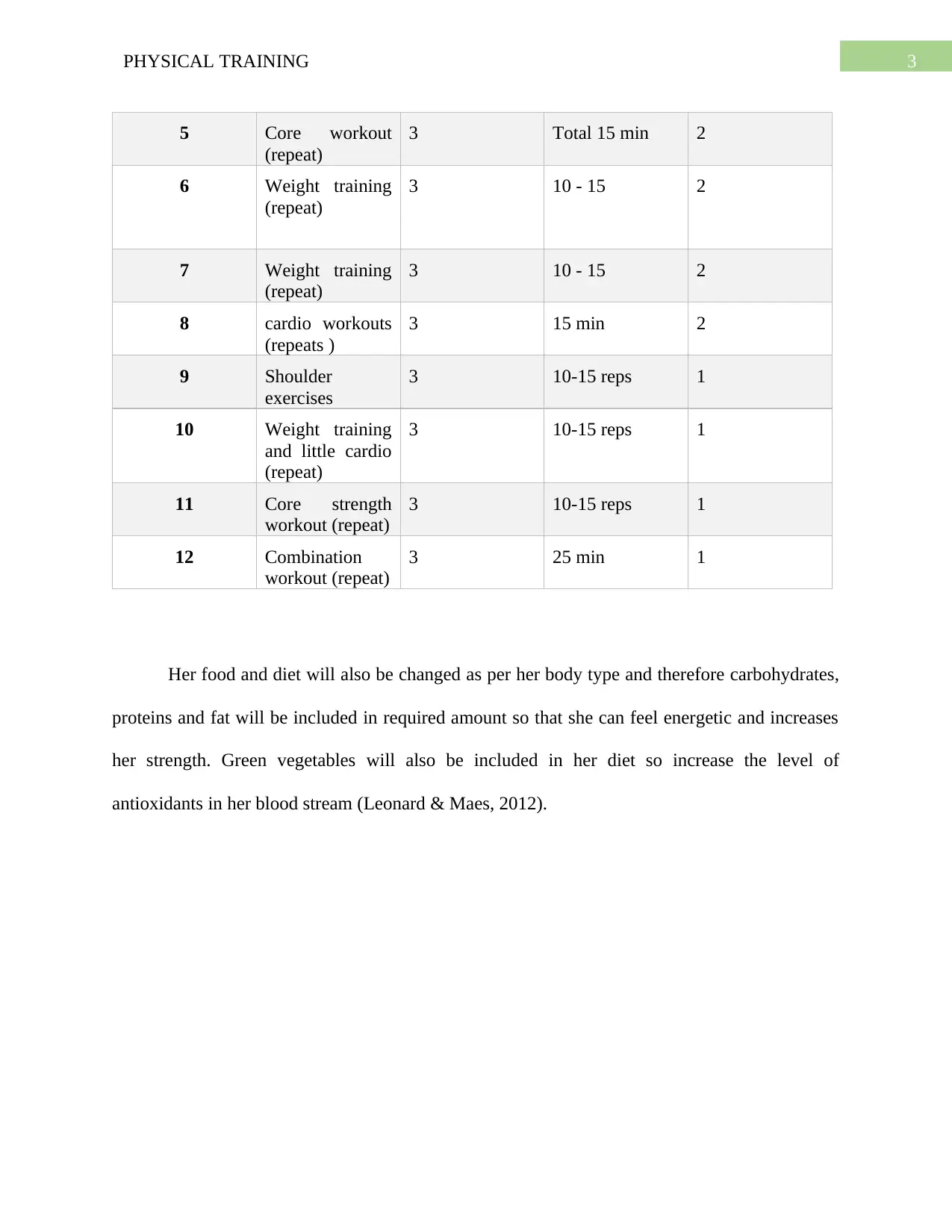
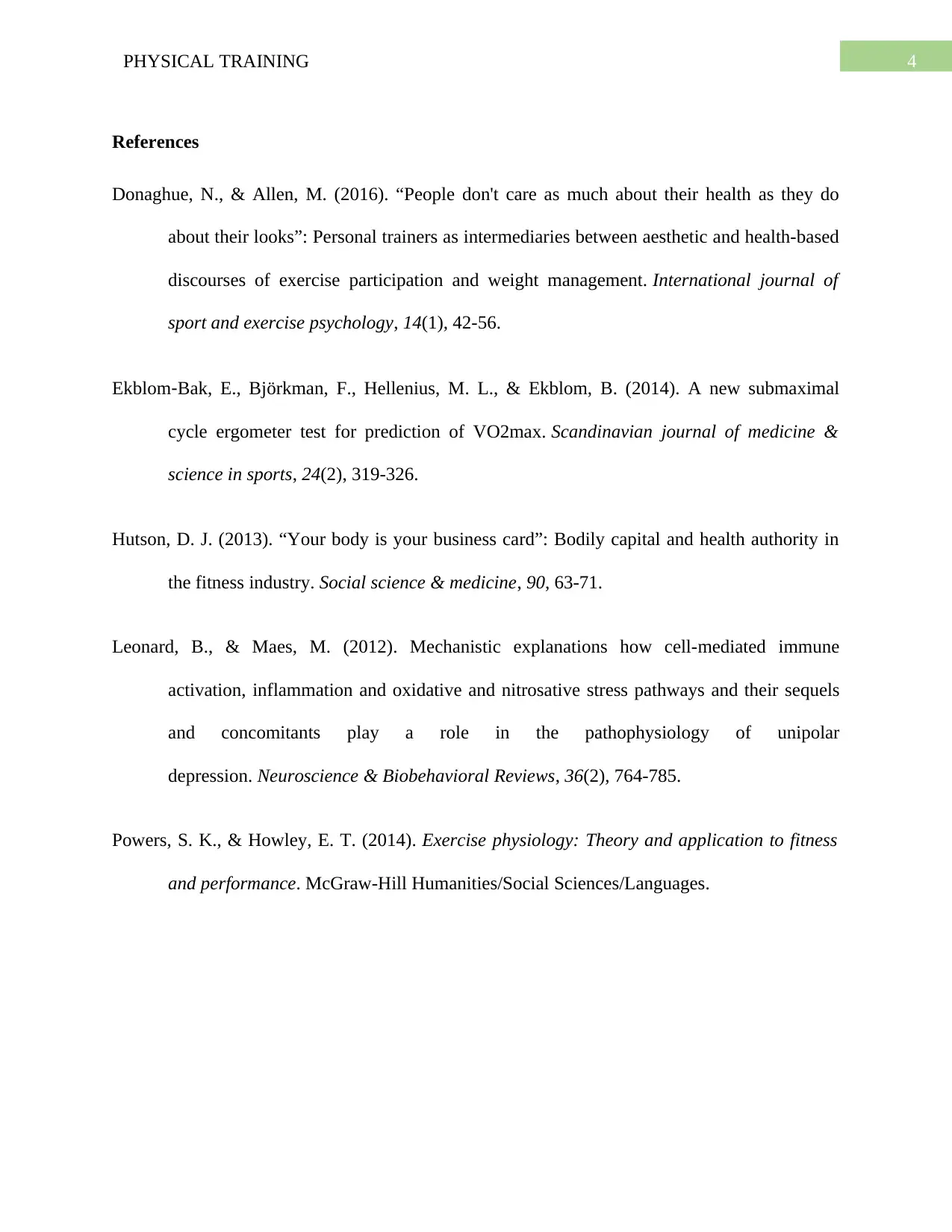






![[object Object]](/_next/static/media/star-bottom.7253800d.svg)